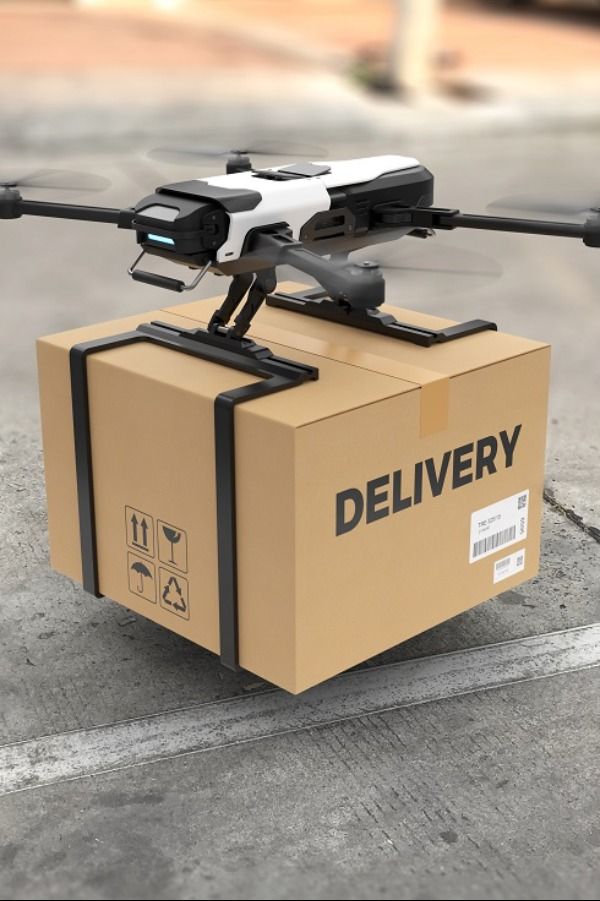
Building a drone is not an easy task. There are many things to consider including flight control, rotors, and propellers according to weight/thrust ratio, battery type, etc. Yet drones are one of the game-changing devices that has been invented in recent history.
I have written quite a few articles about drones and building them in my previous articles. I will include their URLs at the end of this article. But today we are going to talk about an overview of creating Drone and implementing Artificial Intelligence.
Artificial intelligence is computers having the ability to work like humans work by using their natural brains. While we humans have a natural intelligence to think on our own and make decisions, computers are being created to have artificial intelligence with the same purpose.
Why AI capabilities are important for UAV/Drone :
- We live in a world where AI is advancing every single day. So, having AI-implemented drones will become a normal thing eventually.
- With AI, drones will have the ability to operate autonomously and perform tasks faster and easier.
- AI-enabled drones can reduce the manpower to operate them and human errors while performing tasks.
- They can make decisions without human interventions that can save time and money.
So, we can clearly state that AI-implemented UAVs are going to play a major part in our daily lifestyles in very near future.
So, lets now discuss about how to make an AI drone.
We can create a fully autonomous drone that can operate autonomously by controlling flying manures and other special tasks it is being used for( e.g.: delivering packages, surveillance, first responders assistance, etc.).
So, how can we do this?
Just like a human, we need to collect input data and make decisions based on these data by drone itself without any human operation. There are two main methods.
Computer vision
The most common and largest method of implementing AI is to use computer vision. Computer vision basically means that computers have the ability to see and understand the physical world by using visual inputs. Computer vision uses high-performing, advanced neural networks for real-time image processing and makes decisions by algorithms. Neural networks are the fundamental architecture layers of ML algorithms that perform computer vision. this process will make drones detect and recognize the object in real time. This function can help the drone to avoid obstacles, understand the landscape of surrounding, and track targets.
process of this method is simple:
first, we must train the ML models with larger data sets to recognize objects, classify them and track them in real time. Advanced algorithms can improve the accuracy over time.
sensor and input data
The second main method for AI implementation is using sensor input devices. There are several sensor types to do this including ultrasonic, Lidar and Radar, barometers, gyroscopes, speed controllers, and flight controllers, etc.
The collected input data types will be fed into relevant ML algorithms. The algorithms will analyse the input data and send the signals to drone units to perform actions.
There are two main benefits of using AI in drones:
- real time data processing
- improve the human operation activities
There are several use cases in AI drones including :
- agricultural activities
- delivery services
- military operations
- constructions
- first responders/ search and rescue
If you are more interested in this topic and want to know about basic knowledge, I highly recommend these videos in YT:
I build an AI-controlled drone in one week.
How did I use Python and AI to create a fully autonomous drone?.
